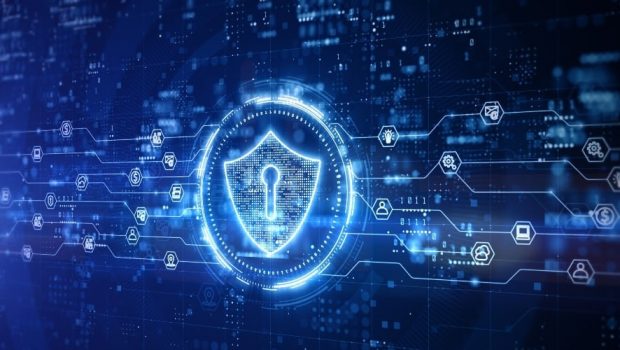Next Generation Cyber Security Solutions
by Aratrika Dutta
August 31, 2021
The positive impact of hyper-automation on cyber and data security.
Hyper-automation depends on AI and ML to automate tasks that would be performed by humans. It spots a much-needed focus on the importance of automation, as there is a lack of cyber-security skills. Cyber attacks are becoming more persistent and advanced to an increasing extent. Cybercriminals are even starting to utilize AI to carry out advanced social engineering attacks.
In today’s digital world, hyper-automation has shifted from an option to a condition of survival. It has become a new way of working that has changed enterprises. Hyper-automation is a windfall that will continue to positively impact cybersecurity for every business.
Organizations often use countless numbers of technologies that are isolated tools and not integrated. Hyper-automation seeks to curtail this “organizational debt” to enhance value and brand. In the context of cybersecurity, a piece of patchwork not only places the environment at risk but also impacts the cyber defender’s ability to secure the environment and respond to threats at machine speed. 62% of companies don’t know where their most sensitive data is located, which is something that leads to cyber threats.
Non-traditional sensor telemetry, a multitude of feeds, and threat intelligence must be overlayed across the Cyber COP (Cyber Common Operating Picture) to serve AI-driven predictability modeling for next-gen systems and actionable conclusions. This is a potential future for how hyper-automation can prevent cybersecurity
Loosely integrated security systems initiate gaps, and hyper-automation seeks to solve that at a much larger scale. Looking forward, it is possible that hyper-automation along with AI and ML will be catering to the requirements for the next generation of security solutions.
Cyber security solutions could be greatly improved by sharing information about potential threats. For example, most cyber security platforms can identify and react to events that match a predefined threshold condition.
One use case of threshold alerting is to prevent the spread of Ransomware. For example, if X numbers of files are encrypted within a given time frame, a custom script can be implemented which can stop a specific process, disable a user account, adjust the firewall settings, or shut down the affected server. This is great, but it doesn’t prevent the attack from being initiated. The Hyper-automation model can be used to carry out a forensic analysis of the incident by studying the events that took place before the incident. The information collected could be made available to other organizations using the same system, and through a process of natural selection, it could compare the most common structures and pick the most likely cause of the incident. Now, the custom script could be executed based on the most likely events that took place before the previous attack, thus potentially stopping the attack from being initiated.
However, for the system to be able to truly learn, it is important to understand how it works, which would mean enabling the attack to uncover in a controlled environment, such as a sandbox. This is just one example of how hyper-automation could be used to prevent a ransomware attack; however, the same process could be used to identify a much wider range of attack vectors.
We are still learning about AI and ML and therefore there is time for hyper-automated systems to get adopted widely. Hyper automation is an unavoidable trend, as it will soon be the only way to keep up-to-speed with the promptly emerging threat scenario and to compensate for the shortage of IT security professionals.
Share This Article
Do the sharing thingy








Gloss